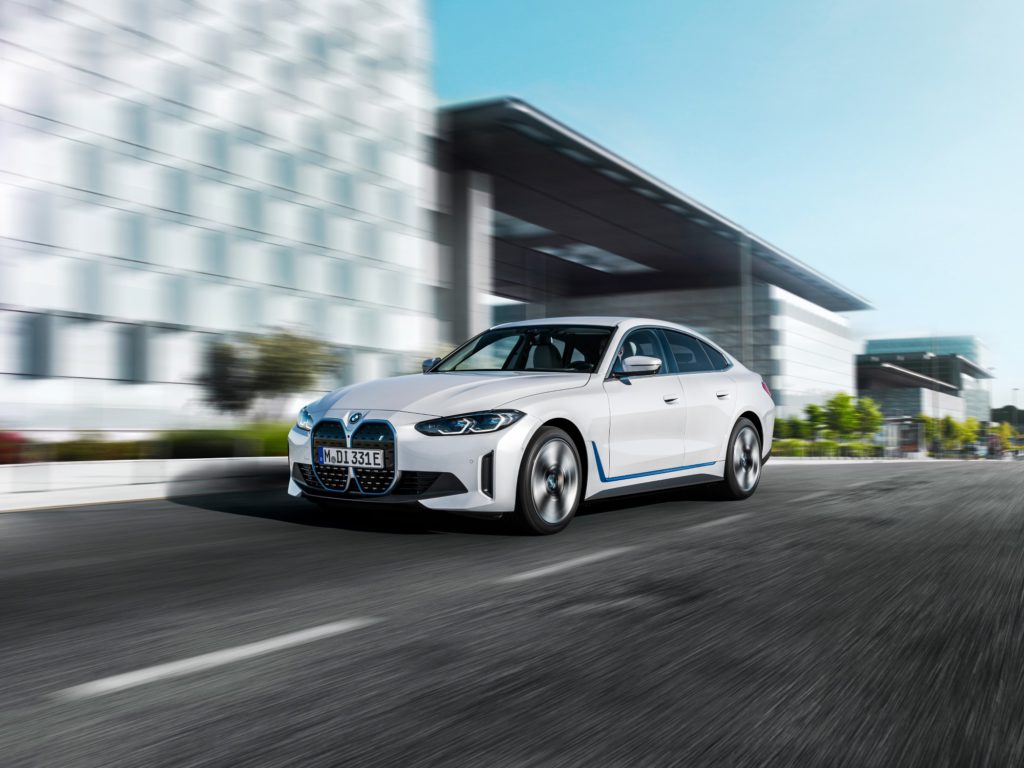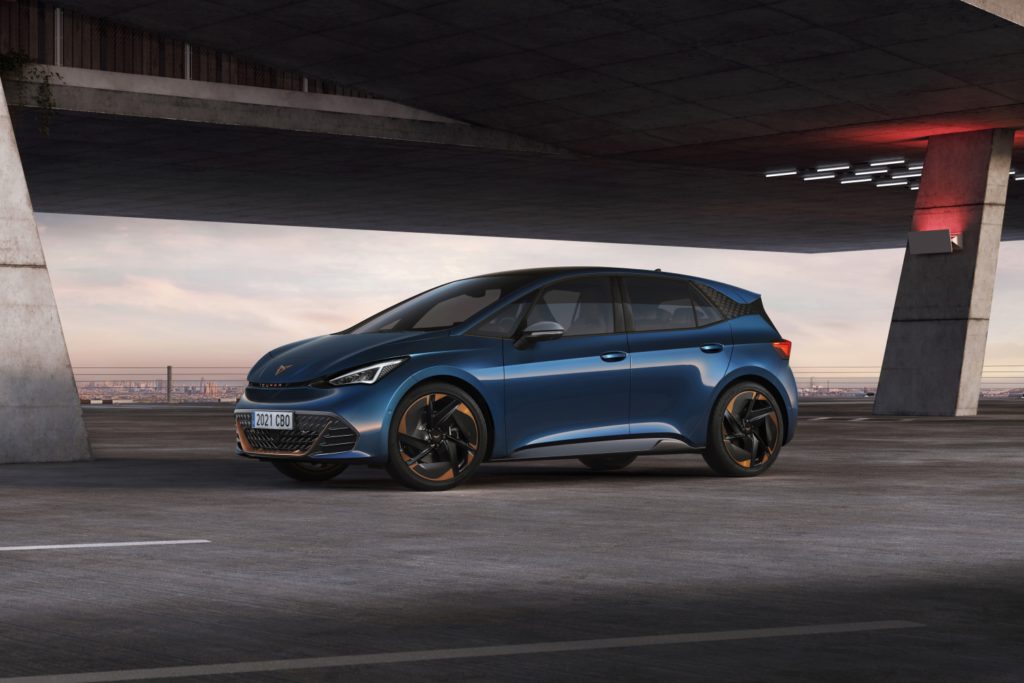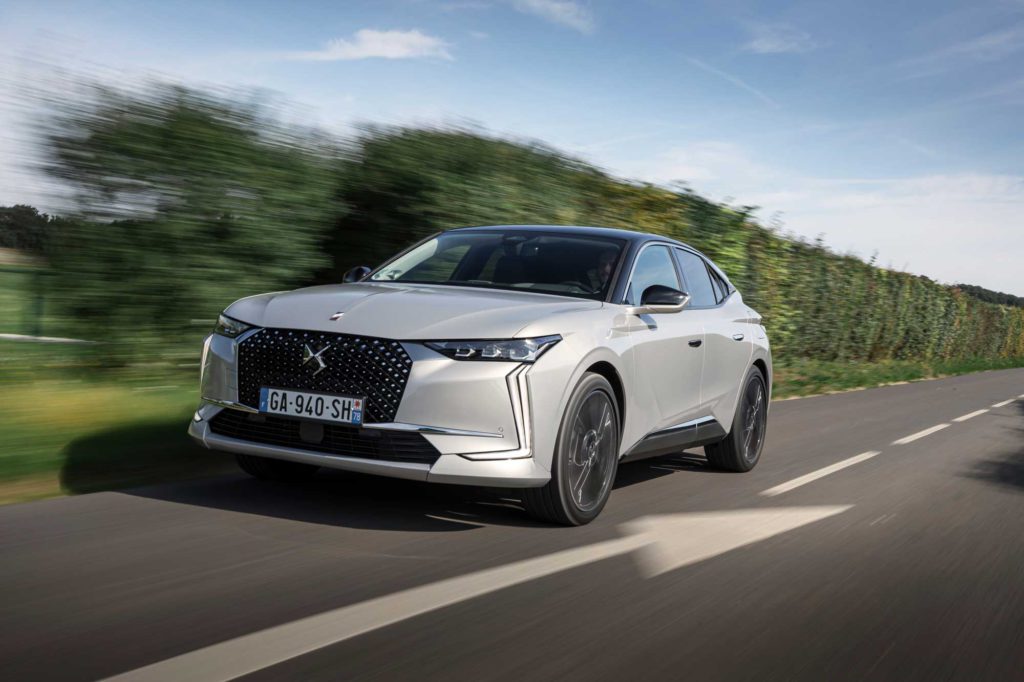Launch Report: Can the hybrid-only Honda HR-V compete against B-SUV rivals?
25 February 2022

The new, third-generation, Honda HR-V is equipped with the Japanese carmaker’s efficient ‘e:HEV’ hybrid-powertrain technology. The model features a totally new exterior design with modern, slim front and rear lights, a sloping coupé roofline, and a more muscular stance than its predecessor. The overall appearance is clean and modern, with a minimalistic touch, and the build quality is very good, as to be expected from Honda.
The HR-V features comprehensive standard equipment across all trim levels, including 18-inch alloys, front and rear parking sensors, LED auto headlights, traffic-sign recognition, adaptive cruise control, heated front seats, wireless smartphone integration, a rear camera, and keyless entry. The nine-inch central touchscreen has an integrated sat-nav system, as well as Android Auto and Apple CarPlay connectivity. This good range of equipment is, however, reflected in the comparatively high starting price of the range.
On the inside, the interior is designed to a good quality standard, with an easy-to-use infotainment system and physical air-conditioning buttons, avoiding the trend of moving vehicle controls to a touchscreen and making things easier for the driver. The 4.34m length of the model means headroom and legroom is impressive, and therefore allows for a comfortable driving position and good visibility from the front seats.
There is no central tunnel, which improves space for rear passengers, especially in the middle. However, the fifth seat is raised, which reduces the headroom. Despite its generous legroom, the 319-litre boot of the HR-V is not the largest in its class, but the rear ‘Magic Seats’ can be pulled forward and folded, providing a large, wide storage compartment and a flat floor.
The car is very quiet when starting out and at low speeds, but the petrol engine is noisy at higher speeds. Fuel consumption and CO2 emissions are greater than in some competitor models.
View the Autovista Group dashboard, which benchmarks the Honda HR-V in Austria, France, Italy, Spain, and the UK for more details. The interactive launch report presents new prices, forecast residual values, and SWOT (strengths, weaknesses, opportunities, and threats) analysis.

The Honda HR-V drives well thanks to its new platform and 1.5 i-MMD (Intelligent Multi-Mode Drive) full-hybrid powertrain, both already adopted by the Honda Jazz. The soft suspension provides good ride comfort, especially on longer journeys. However, choice is limited to the one drivetrain and a manual version is not available.
The Toyota C-HR hybrid is available with two engines and different power outputs, for example, and many popular rivals incorporate other electrified powertrains in their ranges, including mild-hybrid and plug-in hybrid (PHEV) variants.
The Honda HR-V is not going to take the fight to B-SUV segment leaders, such as the Ford Puma and the Peugeot 2008, so Honda will aim for people who want something a little different, as well as maintaining the requirements of current Honda customers. The segment is highly competitive, however, and the HR-V will do well to gain any market-share improvement, especially given the single choice of powertrain and its price point.



